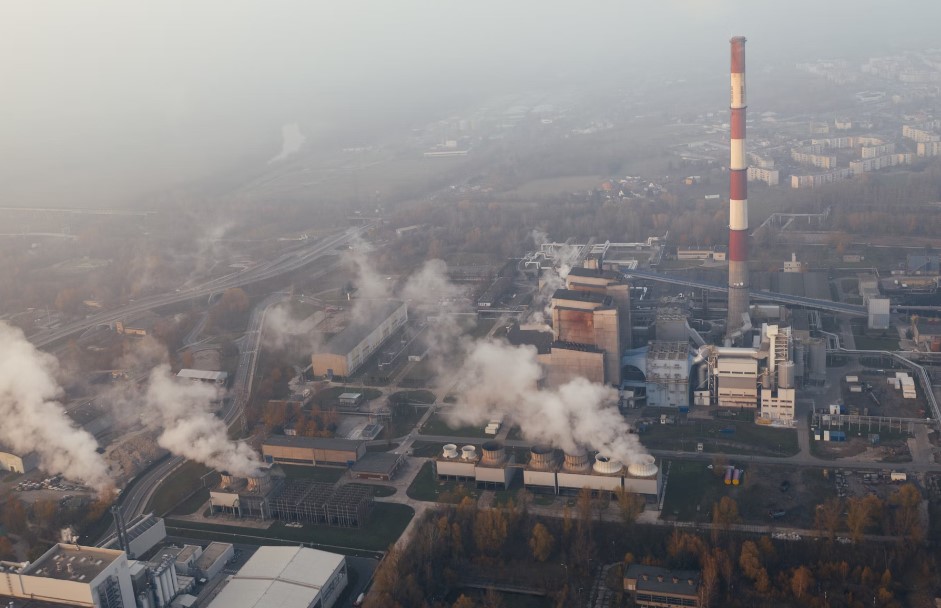Chemical disasters, often unforeseen and highly dangerous, arise from the accidental or intentional release of hazardous chemicals into the environment. Such incidents can result in severe health, environmental, and economic impacts, making their understanding and mitigation crucial for public safety and sustainable development.
This article delves into the types of chemical disasters and explores the strategies to mitigate their effects.
Types of Chemical Disasters
Chemical disasters can be categorized based on their sources and the nature of the hazardous material involved:
1. Industrial Chemical Accidents
Industrial chemical disasters occur during the manufacturing, storage, transportation, or disposal of hazardous chemicals. These incidents can result from equipment failure, human error, or poor safety protocols.
- Examples: Gas leaks (e.g., Bhopal Gas Tragedy), chemical spills, or explosions in manufacturing plants.
2. Transportation Accidents
The transportation of chemicals by road, rail, sea, or air poses risks of accidental spills, leaks, or explosions.
- Examples: Tanker spills on highways, railcar derailments carrying toxic chemicals, or maritime accidents releasing hazardous substances into the ocean.
3. Chemical Terrorism
Deliberate use of toxic chemicals by terrorist groups to harm populations or disrupt activities.
- Examples: Sarin gas attack in Tokyo subway (1995).
4. Toxic Industrial Material (TIM) Incidents
TIM disasters involve the accidental release of industrial chemicals, such as ammonia, chlorine, or sulfuric acid, commonly used in various sectors.
- Examples: Release of chlorine gas during water treatment plant malfunctions.
5. Agricultural Chemical Disasters
Excessive use or accidental release of pesticides, herbicides, or fertilizers into the environment.
- Examples: Pesticide drift affecting nearby communities or water bodies.
6. Hazardous Waste Incidents
Improper disposal of hazardous waste can lead to chemical leaks and contamination of soil, water, or air.
- Examples: Landfill fires or groundwater contamination by industrial waste.
7. Laboratory or Research Facility Incidents
Accidents in research or medical facilities due to mishandling of chemicals or insufficient safety measures.
- Examples: Spills of radioactive isotopes or other hazardous materials in labs.
8. Natural Disasters Triggering Chemical Spills
Natural events such as earthquakes, floods, or hurricanes can damage chemical storage facilities, leading to releases.
- Examples: Floods washing away chemicals into rivers.
Mitigation Strategies
Effective mitigation of chemical disasters requires a multi-faceted approach that integrates policy, technology, training, and public awareness.
1. Prevention and Safety Protocols
- Stringent Regulations: Enforce strict safety standards for handling, storage, and transportation of chemicals.
- Regular Inspections: Conduct periodic safety audits of industrial facilities.
- Risk Assessments: Identify and mitigate potential hazards through chemical risk analysis.
2. Emergency Preparedness
- Disaster Response Plans: Develop comprehensive chemical disaster response plans at local, regional, and national levels.
- Simulation Drills: Conduct regular training exercises for first responders and industrial workers.
- Emergency Equipment: Ensure availability of PPE (Personal Protective Equipment), decontamination units, and chemical detectors.
3. Community Awareness and Training
- Public Education: Educate communities on recognizing chemical hazards and responding effectively during an incident.
- Collaboration: Engage local governments, industries, and NGOs in awareness campaigns.
4. Technological Solutions
- Early Warning Systems: Deploy sensors and alarms to detect leaks or spills promptly.
- Automation: Integrate automated systems to reduce human error in chemical handling.
- Containment Measures: Use bund walls, containment tanks, and advanced materials to prevent spills.
5. Rapid Response and Containment
- Specialized Teams: Deploy HazMat (Hazardous Materials) teams trained in chemical disaster response.
- Decontamination: Implement immediate decontamination procedures to limit exposure.
- Evacuation Plans: Establish clear evacuation routes and shelter locations for affected communities.
6. Environmental Management
- Safe Disposal: Implement environmentally sound disposal methods for hazardous waste.
- Restoration Efforts: Rehabilitate affected ecosystems post-disaster.
7. Legislative Measures
- Chemical Safety Laws: Establish laws governing the use, storage, and transport of hazardous chemicals.
- International Cooperation: Collaborate with global organizations for knowledge sharing and technical assistance.
8. Research and Development
- Innovative Materials: Develop safer chemical alternatives and less hazardous processes.
- Incident Analysis: Study past chemical disasters to improve future mitigation strategies.

